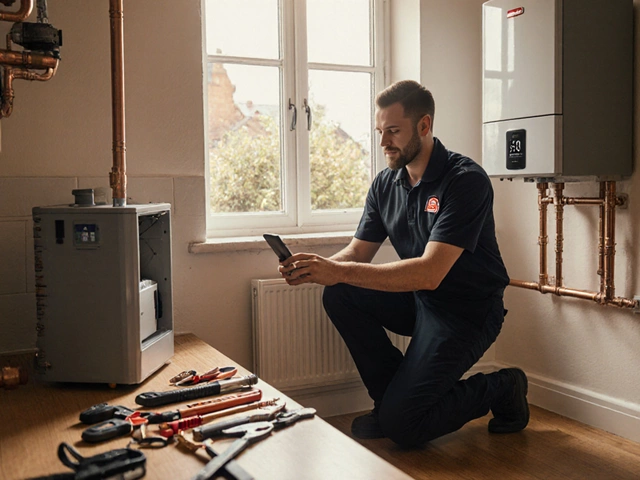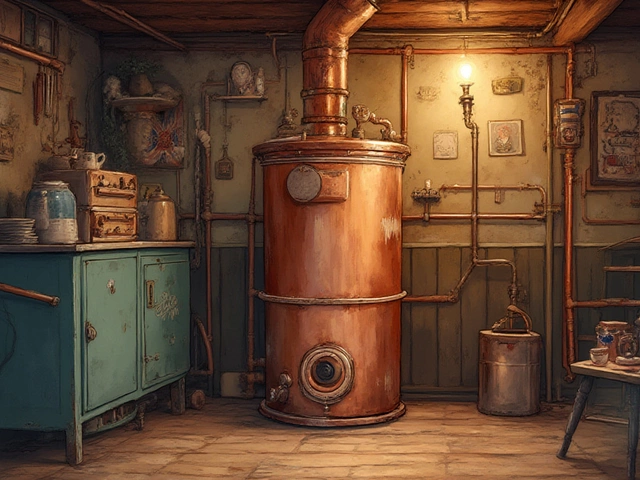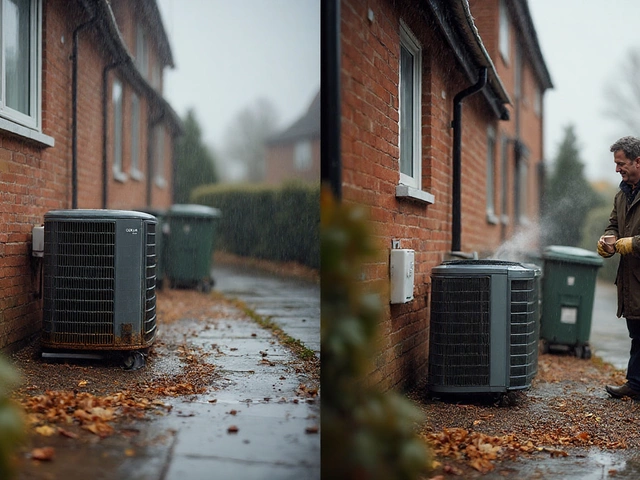If your fridge is warm or the washing machine won’t spin, the first thing you need is a clear diagnosis. Knowing what’s wrong saves you a call to a pro and cuts repair costs. Below are straightforward steps you can use on most home appliances, plus a few handy tips for the most common culprits.
Start with the easy stuff. Unplug the appliance, wait a minute, then plug it back in. This resets the electronics and clears minor glitches. Next, look for error codes on the display – they’re usually explained in the user manual or a quick online search. If there’s no code, check the power source: is the plug firm? Is the breaker tripped? A loose connection often mimics a faulty part.
Now listen and look. Strange noises, leaks, or unusual smells point to specific issues. A humming fridge that doesn’t cool likely means a condenser problem, while a squealing dryer hints at a worn belt. Write down what you observe before you start opening panels – it helps you stay organized and tells a technician exactly what you’ve seen.
Washing Machines: If the drum won’t turn, first check the lid switch – many models won’t run with a faulty latch. Next, examine the water inlet valves; clogs or a broken solenoid prevent filling. For leaks, inspect the hoses and pump seal. A quick test is to run a short cycle with the machine empty and watch for any irregularities.
Electric Ovens and Hobs: A cold oven usually means a blown thermal fuse or a bad heating element. Remove the back panel and look for a broken wire or a burnt coil. Use a multimeter to test continuity – a zero reading means the part needs replacing. For hobs, check each burner’s connection; a loose terminal can cause one or two zones to stop heating.
Heat Pumps: When a heat pump isn’t blowing warm air, the filter might be clogged, restricting airflow. Clean or replace the filter, then clear any debris from the outside unit. If the system still runs cold, the refrigerant level could be low – that’s a job for a qualified technician.
Water Heaters: Cold showers often stem from a broken thermostat or a sediment‑filled tank. Drain a few gallons of water to clear the sludge, then test the thermostat with a multimeter. If the heater keeps resetting, the pressure‑relief valve may be faulty and should be inspected.
Extractor Fans: A fan that hums but doesn’t move air usually has a motor that’s seized. Turn off power, remove the fan cover, and manually spin the blades; resistance means the motor needs replacement. Also check the vent duct for blockages – a simple brush can clear years of dust.
These checks cover the majority of DIY diagnostics. If you hit a dead end, note down what you’ve tested and call a professional with the details. The more information you give, the quicker they can pinpoint the fix.
Remember, safety comes first. Always cut power before opening any appliance, and use the right tools. A basic screwdriver set, a multimeter, and a bucket for water are all you need for most diagnostics. With these simple steps, you’ll catch many problems early and keep your home appliances running smoothly.

A practical guide for diagnosing common refrigerator problems, spotting signs of faults, and fixing them at home with tips and real-world facts.

Wondering how long you can cope with a broken boiler? Get clear facts, repair timelines, survival tips, and legal details so you don’t get left in the cold.

Replacing a boiler in 2025 costs between £2,000 and £4,500 on average. Learn what affects the price, when to replace vs repair, and how to save with government grants. Make an informed decision for your home.

Is it possible for a hot water heater to last 30 years? Here’s a detailed look at what determines water heater longevity, what rare cases look like, and how you can extend your heater’s life with smart habits.

Cookers are an essential part of any kitchen, and knowing their average lifespan can help in planning for replacements and repairs. On average, cookers last between 10 to 15 years depending on several factors like usage, maintenance, and brand quality. Regular maintenance and timely repairs can extend the life of your cooker significantly. Understanding the warning signs of wear and tear and knowing when to repair or replace can save both time and money. This article will dive into expert tips to maximize the life of your cooker.

Real UK lifespan for air vs ground source heat pumps, what shortens or extends life, maintenance steps, and a simple repair-or-replace guide you can actually use.